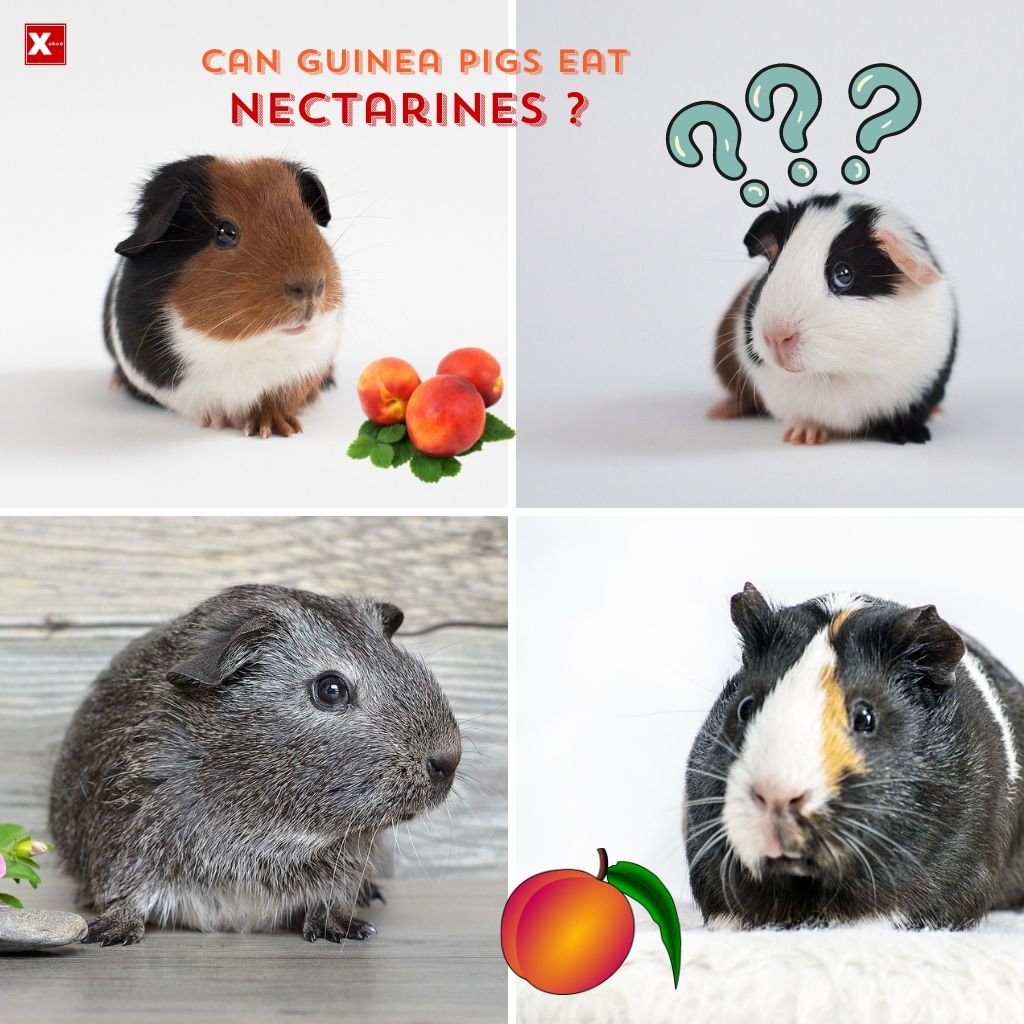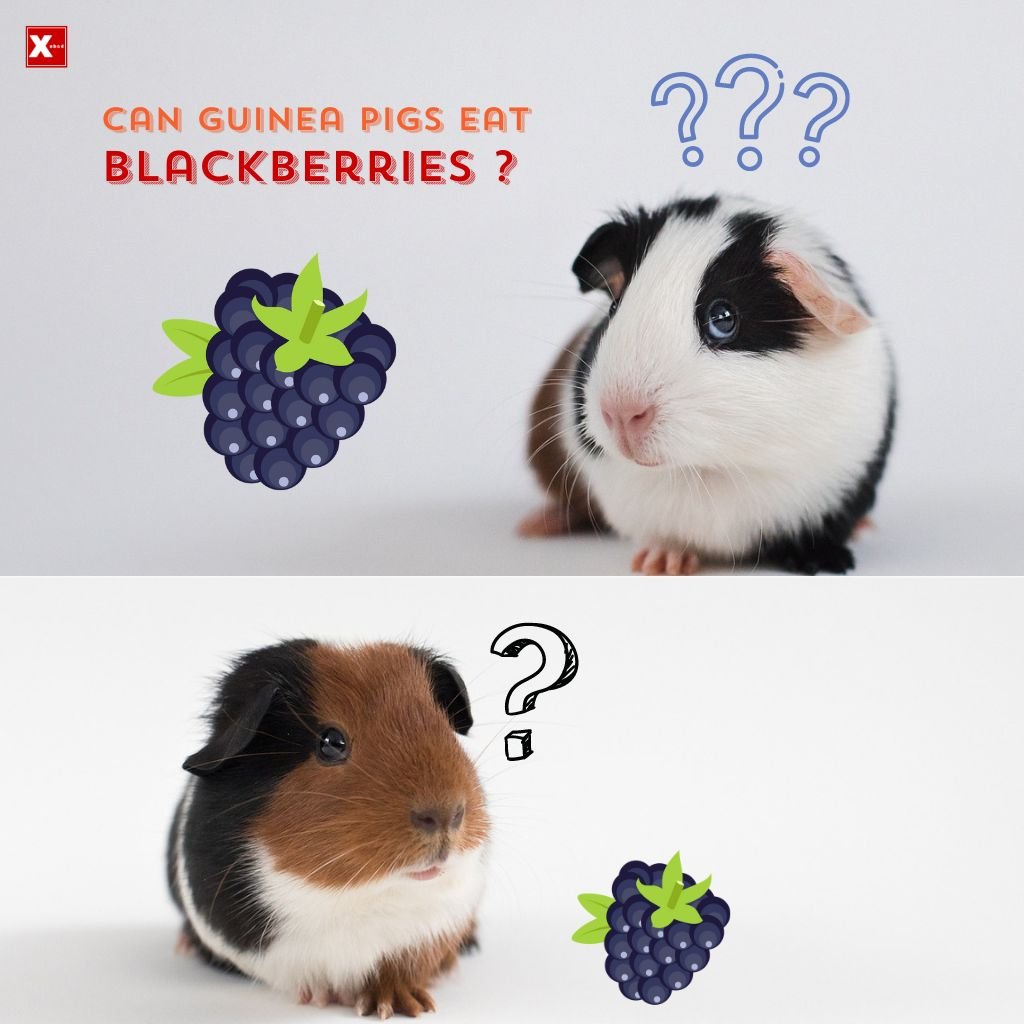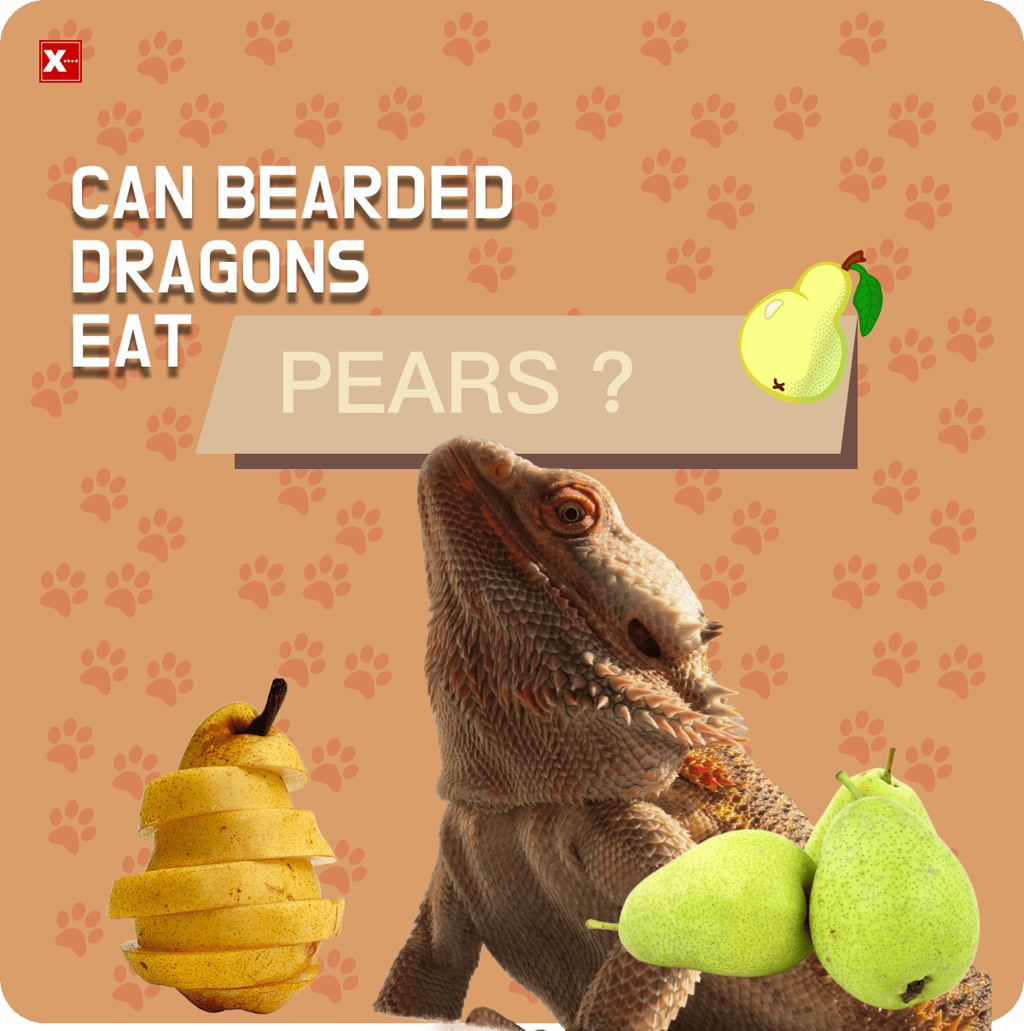Can guinea pigs eat pears? Yes, they can! In fact, pears can be a nutritious and tasty addition to your guinea pig's diet. These small rodents have specific nutritional needs, and incorporating a variety of fruits, including pears, can provide them with essential vitamins and minerals. However, it's important to consider a few factors before feeding pears to your furry friend. Let's explore further in this article.
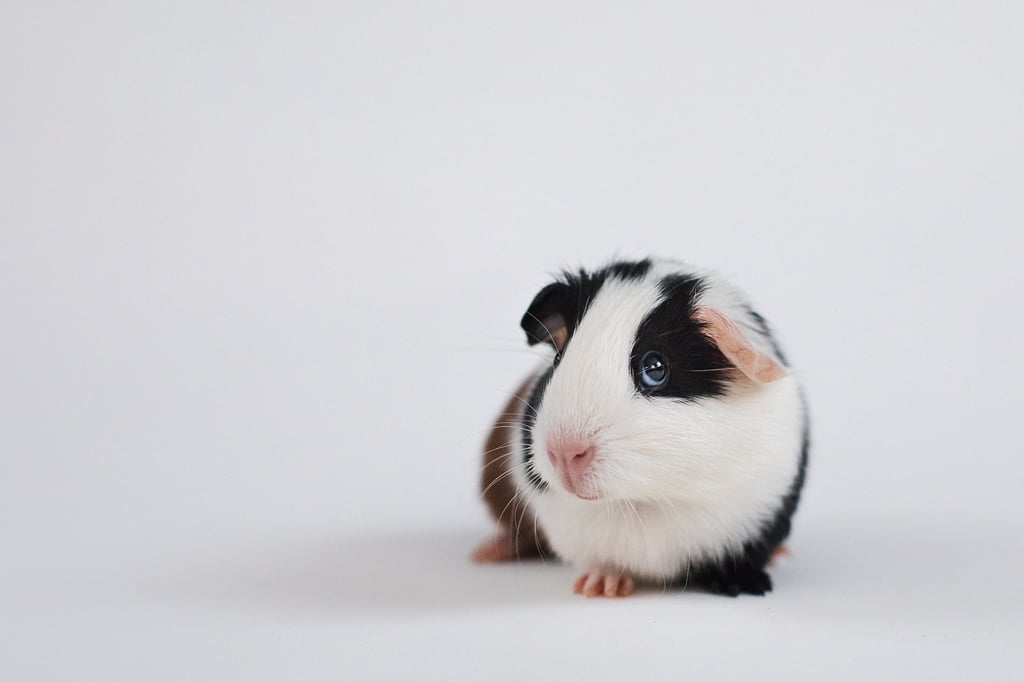
Introduction: The Nutritional Needs of Guinea Pigs
Giving your guinea pig a balanced and nutritious diet is essential to ensure their overall health and wellbeing. As herbivores, guinea pigs thrive on a diet rich in fresh fruits and vegetables. While most guinea pig owners are familiar with staple foods like hay, pellets, and leafy greens, there may be some confusion about introducing other types of fruits into their furry friend's diet.
When it comes to feeding pears to guinea pigs, it's important to understand the nutritional needs of your fuzzy companion. Guinea pigs require a diet that is high in vitamin C, fiber, and low in sugar. Pears, being a fruit, are known for their natural sweetness and can be a tasty treat for your guinea pig when given in moderation.
Pears are a great source of essential vitamins and minerals, making them a suitable addition to your guinea pig's dietary rotation. Pears are a good source of vitamin C, which is crucial for guinea pigs since they cannot synthesize this vital nutrient on their own. Additionally, pears contain dietary fiber, promoting good digestive health and preventing issues like constipation in your furry friend.
- Pears are low in calories and fat, making them a healthy treat option for guinea pigs who are prone to obesity.
- Pears contain antioxidants, such as vitamin C and vitamin K, which contribute to maintaining a healthy immune system.
- The high water content in pears helps keep your guinea pig hydrated, preventing dehydration.
- They also provide small amounts of minerals like potassium and copper, which are essential for overall bodily functions.
While pears offer numerous benefits, it's important to remember that they should be given to your guinea pig in moderation. Including a variety of fruits and vegetables in their diet is crucial to ensure they receive a balanced nutrition. Always remember to introduce new foods gradually and monitor your guinea pig's reaction to avoid any potential digestive upsets.
Now that we've established the nutritional benefits of pears and the importance of moderation, let's delve deeper into how to safely feed pears to your guinea pig.
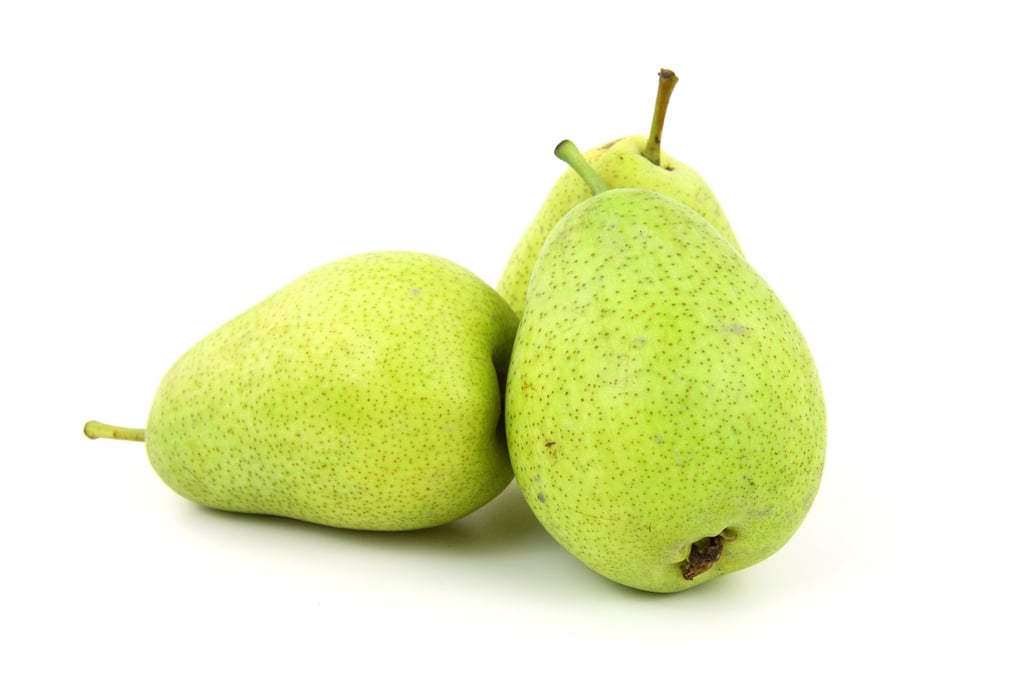
What Makes Pears a Good Treat Option?
Pears can make a fantastic treat option for guinea pigs due to their many nutritional benefits. Not only are pears delicious and naturally sweet, but they also provide a good source of essential vitamins and minerals that can support your guinea pig's overall health and wellbeing. However, it's important to remember that moderation is key when offering pears to your furry friend.
One of the reasons why pears are a good treat option for guinea pigs is because they are rich in vitamin C. Guinea pigs, like humans, are unable to produce their own vitamin C and need to obtain it from their diet. Vitamin C is crucial for guinea pigs as it helps maintain healthy skin, supports the immune system, and aids in the production of collagen. By offering pears as an occasional treat, you can provide your guinea pig with a tasty way to get a boost of vitamin C.
Pears are also a great source of dietary fiber, which is essential for a healthy digestive system in guinea pigs. Fiber helps regulate bowel movements, prevents constipation, and promotes overall gut health. By including pears in their diet, you can help ensure that your guinea pig's digestive system stays in optimal condition.
In addition to vitamin C and fiber, pears also contain other essential nutrients such as potassium and antioxidants. Potassium is important for maintaining proper heart function and regulating blood pressure in guinea pigs. Antioxidants, on the other hand, help protect their cells from damage caused by harmful free radicals.
- Rich in vitamin C
- Good source of dietary fiber
- Contains essential nutrients like potassium and antioxidants
When offering pears to your guinea pig, it's crucial to remember a few important factors. Firstly, always choose ripe and fresh pears to ensure maximum nutritional value and taste. Avoid offering pears that are overly ripe or have any signs of mold or decay. Secondly, prepare the pears in bite-sized portions to make it easier for your guinea pig to eat and digest. Remove any seeds or stems before offering the fruit to your furry friend.
Lastly, it's vital to monitor your guinea pig's reaction to pears and practice moderation. While pears are generally safe for guinea pigs, some individuals may have sensitivities or allergies to certain fruits. Watch for any signs of digestive upset, such as diarrhea or bloating, and consult with a veterinarian if you have any concerns. It's also important to remember that pears should be offered as a treat and not as a substitute for their regular diet.
In conclusion, pears can be a delightful and nutritious treat option for guinea pigs. With their vitamin C content, fiber, and essential nutrients, pears can offer a range of health benefits for your furry friend. Just remember to choose ripe and fresh pears, prepare them in appropriate portions, and monitor your guinea pig's response. By incorporating pears into their diet in moderation, you can provide your guinea pig with a tasty and wholesome treat option.

Feeding Pears to Your Guinea Pig: 3 Important Factors to Consider
When it comes to feeding pears to your guinea pig, there are three important factors that you should consider. These factors will ensure that your furry friend enjoys the treat without any health complications. Let's dive into these factors and explore how you can safely introduce pears to your guinea pig's diet.
- 1. Choose Ripe and Fresh Pears
The first step in feeding pears to your guinea pig is to select ripe and fresh ones. Ripe pears are easier for your guinea pig to digest and are more flavorful. Avoid giving them overripe or spoiled pears as they can upset their delicate digestive system. It's always a good idea to give your pear a gentle squeeze to check if it has a slight give without being too soft.
Additionally, make sure to wash the pear thoroughly before serving it to your guinea pig. This helps remove any residue or dirt that may have been on the skin and ensures a clean and safe treat.
- 2. Prepare Pears in Bite-Sized Portions
Guinea pigs have small mouths and teeth specifically designed for grinding hay and other fibrous foods. Therefore, it's essential to prepare pears in bite-sized portions to make it easier for them to eat. Cut the pear into small, manageable pieces that your guinea pig can comfortably chew and swallow.
Remember, moderation is key. While pears are a tasty and healthy treat, they should only be given in small quantities. Offering too much can lead to an upset stomach or diarrhea. As a general rule of thumb, a few small pieces once or twice a week should suffice.
- 3. Monitor Your Guinea Pig's Reaction and Moderation
After feeding pears to your guinea pig for the first time, it's crucial to closely monitor their reaction. Some guinea pigs may have sensitivities to certain fruits, including pears. Observe any signs of discomfort, such as changes in stool consistency or unusual behavior. If you notice any negative reactions, it's best to avoid feeding pears to your guinea pig in the future.
Additionally, always remember to offer a balanced diet to your guinea pig. While pears are tasty, they should not replace their primary source of nutrition, such as hay and guinea pig pellets. Pears should be considered as an occasional treat to supplement their diet.
By following these three important factors - choosing ripe and fresh pears, preparing them in bite-sized portions, and monitoring your guinea pig's reaction and moderation - you can safely introduce pears into your guinea pig's diet. Remember, the health and well-being of your furry friend should always be a top priority when considering treats like pears.
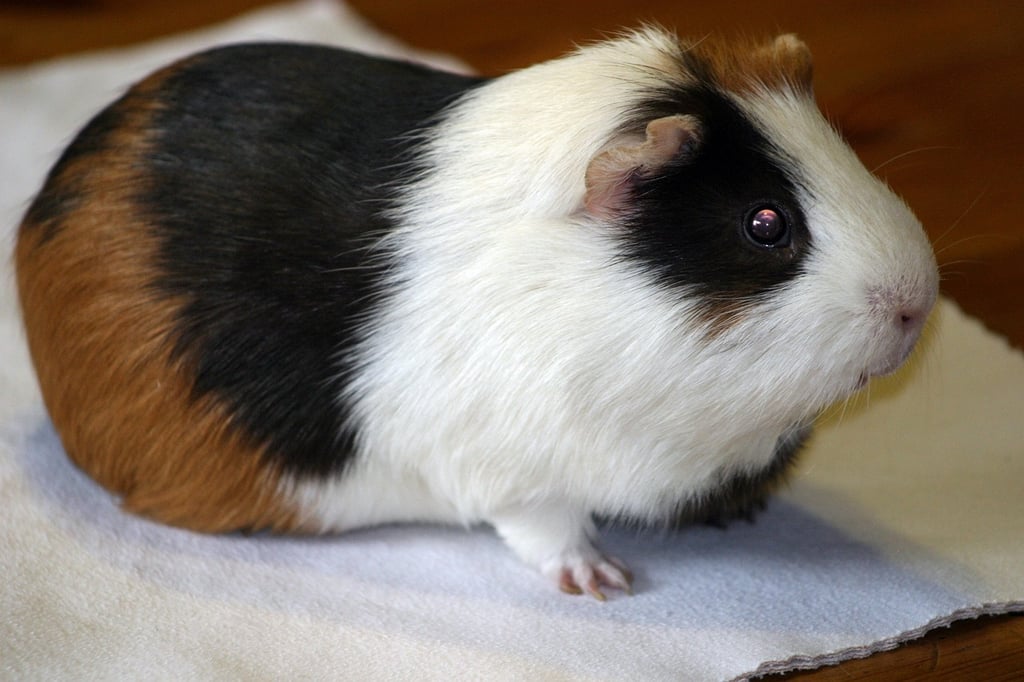
Step 1: Choose Ripe and Fresh Pears
When it comes to feeding your guinea pig pears, it is important to choose ripe and fresh ones. Ripe pears are not only more flavorful, but they also provide higher nutritional value for your furry friend. The freshness of the pears ensures that your guinea pig will receive the maximum benefits from this delicious treat.
So, how do you choose ripe and fresh pears for your guinea pig? Here are a few tips to help you make the right selection:
- Look for pears that are firm but yield slightly when gently pressed. This indicates that they are ripe and ready to eat. Avoid pears that are too soft or mushy, as these may be overripe.
- Check the skin of the pear for any bruises or blemishes. Opt for pears with smooth and unblemished skin, as they are less likely to have been damaged or spoiled.
- Inspect the color of the pears. Depending on the variety, ripe pears can come in various shades, including green, yellow, and red. Choose pears that have a vibrant and even color, indicating that they are at their peak ripeness.
- Smell the pear. Ripe pears have a sweet and fragrant aroma. If the pear has no scent or smells off, it may be unripe or past its prime.
By following these simple guidelines, you can ensure that you are selecting the best pears for your guinea pig. Remember, offering fresh and ripe pears as a treat will not only satisfy your guinea pig's taste buds but also provide them with essential nutrients to support their overall health and well-being.
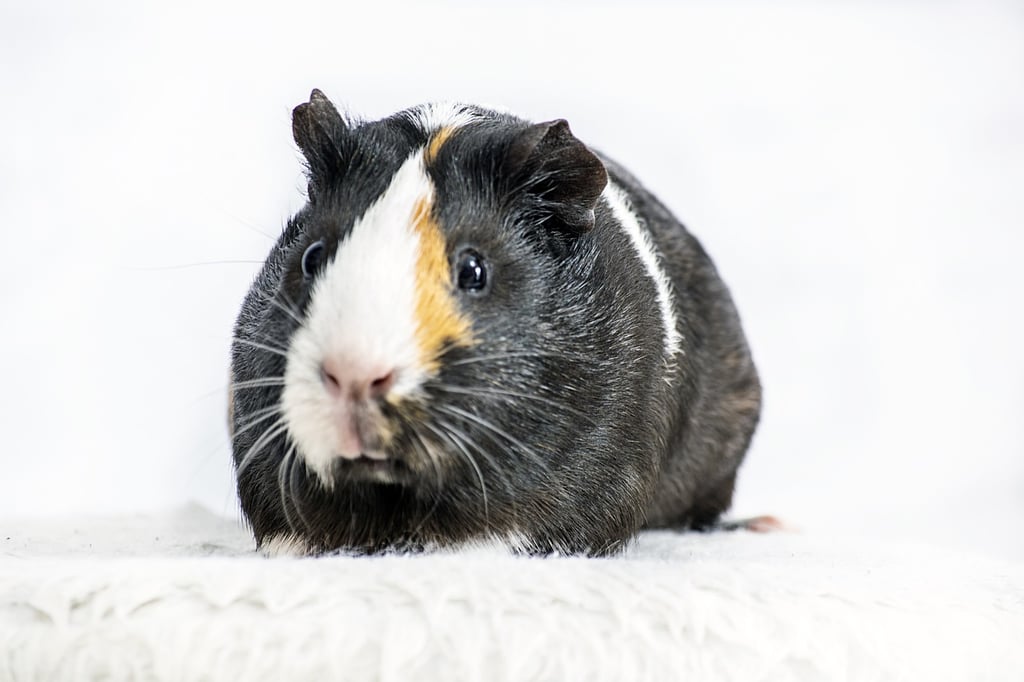
Step 2: Prepare Pears in Bite-Sized Portions
When it comes to feeding pears to your guinea pig, it's essential to prepare the fruit in bite-sized portions to ensure their safety and enjoyment. Guinea pigs have small mouths and delicate digestive systems, so providing them with appropriately sized pieces of pear is crucial.
To begin, wash the pear thoroughly to remove any dirt or pesticides. It's essential to choose organic pears when possible to minimize potential exposure to harmful chemicals. Next, carefully slice the pear into small, bite-sized pieces. Avoid leaving any seeds or core as they can be a choking hazard for your guinea pig.
- Start by cutting off the top of the pear.
- Then, slice the pear vertically into quarters.
- Remove the core from each quarter by making a diagonal cut.
- Finally, cut the remaining flesh into small, manageable pieces.
By cutting the pear into smaller portions, you make it easier for your guinea pig to handle and consume. Remember, guinea pigs have small teeth and jaws, so intricate slicing or dicing isn't necessary. As long as the pieces are small enough to prevent choking, your furry friend will be able to enjoy their pear treat without any issues.
It's worth mentioning that guinea pigs have sensitive digestive systems, and sudden changes in their diet can lead to gastrointestinal problems. Therefore, when introducing pears or any new food, it's crucial to do so gradually. Begin by offering a small piece of pear alongside their regular diet. Observe their reaction and monitor for any signs of digestive distress, such as diarrhea or a loss of appetite.
Remember to remove any uneaten pieces of pear from your guinea pig's cage to prevent spoilage or attracting flies. Pears should be given to guinea pigs in moderation, as excessive fruit consumption can lead to health issues like obesity or diarrhea. Always consult with a veterinarian if you have any concerns or questions about your guinea pig's diet.
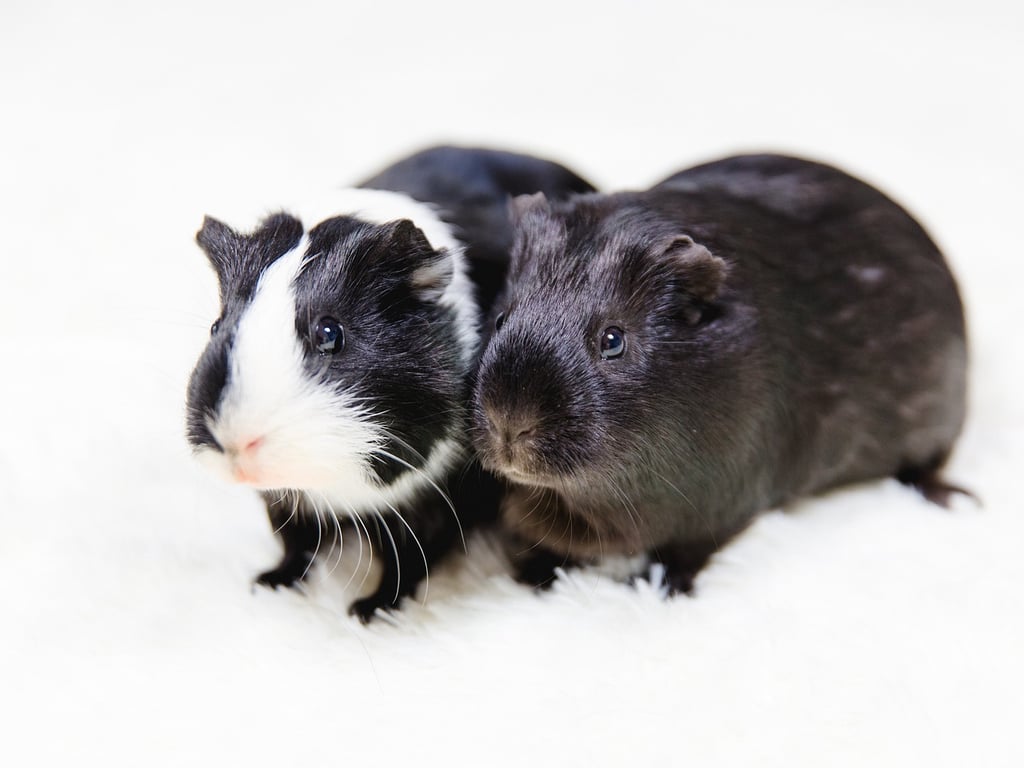
Step 3: Monitor Your Guinea Pig's Reaction and Moderation
Once you have introduced pears into your guinea pig's diet, it is essential to monitor their reaction and ensure moderation. While pears are generally safe for guinea pigs, each individual may have different tolerance levels and sensitivities. Monitoring your furry friend's response will help you determine if pears are suitable for their digestive system.
Here are some important factors to consider during this monitoring process:
- Observe for any signs of digestive distress: After consuming pears, keep an eye on your guinea pig for any signs of diarrhea, stomach upset, or bloating. These could be indications that pears do not agree with their system. If you notice any of these symptoms, it may be best to avoid feeding them pears in the future.
- Check for allergic reactions: Guinea pigs, like humans, can have allergies. While rare, it is possible for your furry friend to have an allergic reaction to pears. Watch out for any unusual behaviors, skin rashes, or respiratory issues. If you notice any of these signs, discontinue feeding pears and consult a veterinarian.
- Assess the impact on their overall health: Notice any changes in your guinea pig's appetite, energy levels, or weight after introducing pears. While pears are a nutritious treat, too much fruit in their diet can lead to weight gain or other health issues. It is crucial to strike a balance and ensure their overall diet remains balanced and varied.
In addition to monitoring their reaction to pears, it is essential to practice moderation in feeding this fruity treat. Pears should only be given as an occasional snack and should not replace their regular diet of hay, fresh vegetables, and pellets. As with any treat, overfeeding can lead to an imbalanced diet and potential health complications.
Remember, every guinea pig is unique, and what works for one may not work for another. It is always a good idea to consult with a veterinarian before introducing any new food items into your guinea pig's diet, including pears.
By closely monitoring your guinea pig's reaction to pears and practicing moderation, you can ensure their health and happiness while enjoying the occasional pear treat together!
Guinea pig owners often wonder if pears are a safe and healthy treat option for their furry friends. In this article, we will explore the nutritional benefits of pears for guinea pigs and provide a quick guide on how to safely introduce this fruit into their diet. From selecting the right pears to monitoring their response, we've got you covered!
Faqs
-
1. Can guinea pigs eat the skin of a pear?
While guinea pigs can technically eat the skin of a pear, it is not recommended. The skin can be tough and difficult for them to digest, potentially leading to digestive issues. It is best to remove the skin before offering pears to your guinea pig.
-
2. How often should I feed pears to my guinea pig?
Pears should be considered a treat rather than a regular part of your guinea pig's diet. It is recommended to offer small amounts of pear as an occasional treat, no more than once or twice a week. Moderation is key to maintaining a balanced diet for your furry friend.
-
3. Are there any other fruits that are safe for guinea pigs to eat?
Apart from pears, there are several other fruits that can be safely fed to guinea pigs. Some popular options include apples, strawberries, blueberries, and watermelon (without seeds). However, it is important to introduce these fruits gradually and in small portions to avoid any stomach upset. Always remember to remove seeds, pits, and stems before feeding any fruits to your guinea pig.



